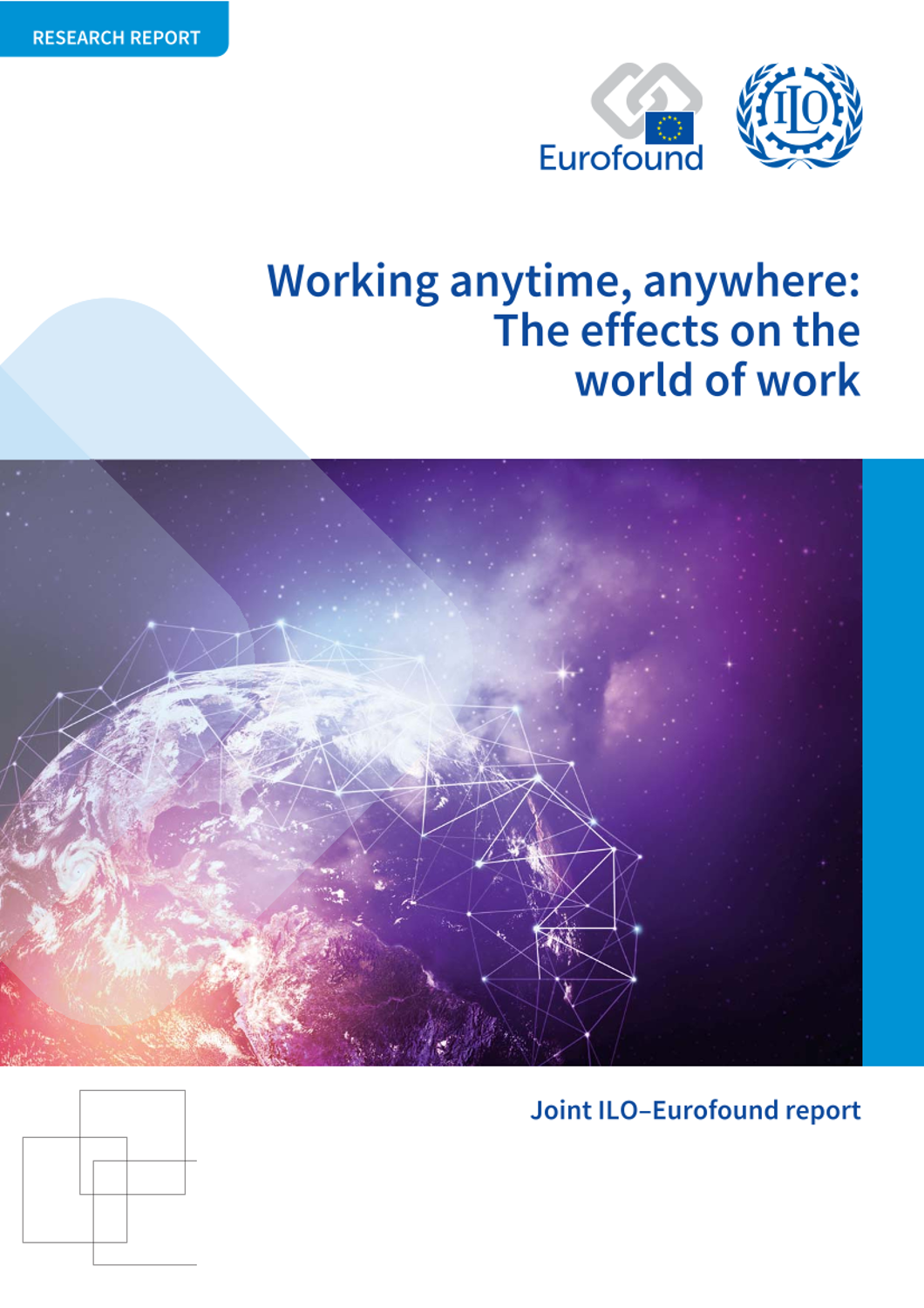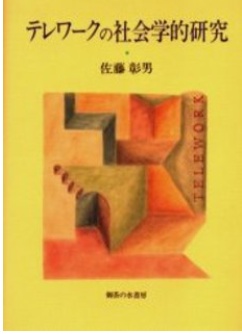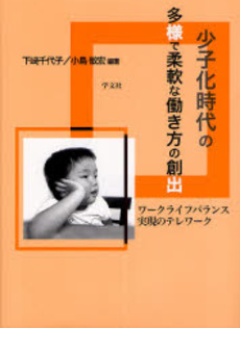연구보고서
Working anytime, anywhere: the effects on the world of work
- 저자
- Messenger, Jon, Boehmer, Simon, Gschwind, Lutz, Llave, Oscar Vargas, Vermeylen, Greet, Wilkens, Mathijn
- 청구기호
- Report 2017-02
- 발행사항
- Geneva : ILO, 2017. Luxembourg : European Union, 2017
- 형태사항
- 80 p :. PDF file ;. 1,555 KB
- 서지주기
- Includes bibliographical references and annexes
- 일반주기
- Research managers: Jon Messenger (ILO) and Oscar Vargas Llave (Eurofound). Research study: Joint study between Eurofound and the ILO on Telework, ICT/Mobile work and its effects on theworld of work
- ISBN
- 9789221304715
- 키워드
- Arrangement of working time, Telework, Occupational safety and health, Information and communication technologies
- 바로가기
소장정보
| 위치 | 등록번호 | 청구기호 / 출력 | 상태 | 반납예정일 |
|---|---|---|---|---|
이용 가능 (1) | ||||
| E0002428 | 대출가능 | - | ||
이용 가능 (1)
- 등록번호
- E0002428
- 상태/반납예정일
- 대출가능
- -
- 위치/청구기호(출력)
책 소개
This report considers the impact of telework/ICT-mobile work on the world of work. It synthesises research carried out by Eurofound’s network of European correspondents and ILO country experts.
목차
Executive summary 1
Introduction 3
1 Outline of methodology 5
Conceptual challenges and scope 5
Standard expert questionnaire 6
EWCS proxy of T/ICTM 6
2 Drivers and restraining factors for T/ICTM 9
Drivers for the adoption of T/ICTM 9
Restraining factors to the adoption of T/ICTM 10
Drivers in countries outside the EU 11
3 Incidence and intensity of T/ICTM 13
Trends and incidence of T/ICTM in 10 European countries 13
Trends and incidence of T/ICTM in Argentina, India, Japan and the US 16
Characteristics of T/ICTM workers 17
Incidence and intensity of T/ICTM: Some conclusions 19
4 Effects of T/ICTM 21
Working time: Working hours and working time organisation 21
Individual and organisational performance 26
Work–life balance 28
Occupational health and well-being 33
5 Policy responses to T/ICTM 43
Relevant EU directives and international labour standards 43
European Framework Agreement on Telework 44
National legislation and other governmental measures regarding T/ICTM 45
National and sectoral social dialogue 48
‘Right to be disconnected’ and related policies 49
Company and organisation examples of T/ICTM 51
Policy responses: Some conclusions 54
6 Conclusions and policy orientations 57
Incidence and intensity of T/ICTM 57
Effects of T/ICTM 57
Policy responses to T/ICTM 58
Policy suggestions 59
Bibliography 61
Annexes 67
Annex 1: National studies 67
Annex 2: Regression analysis based on the EWCS 68




